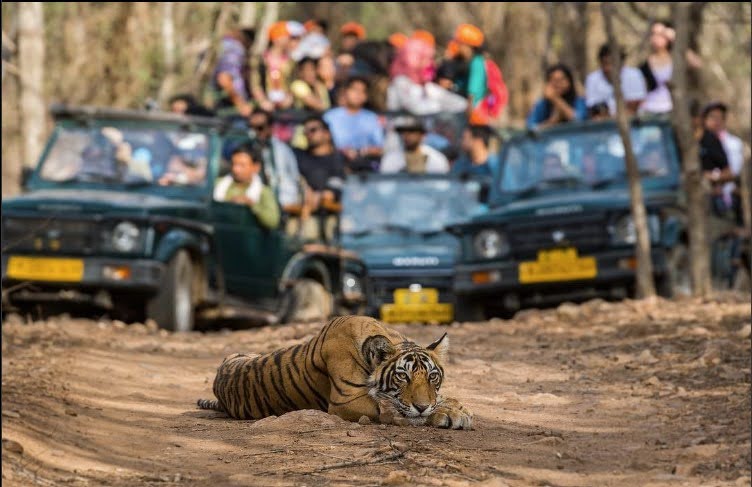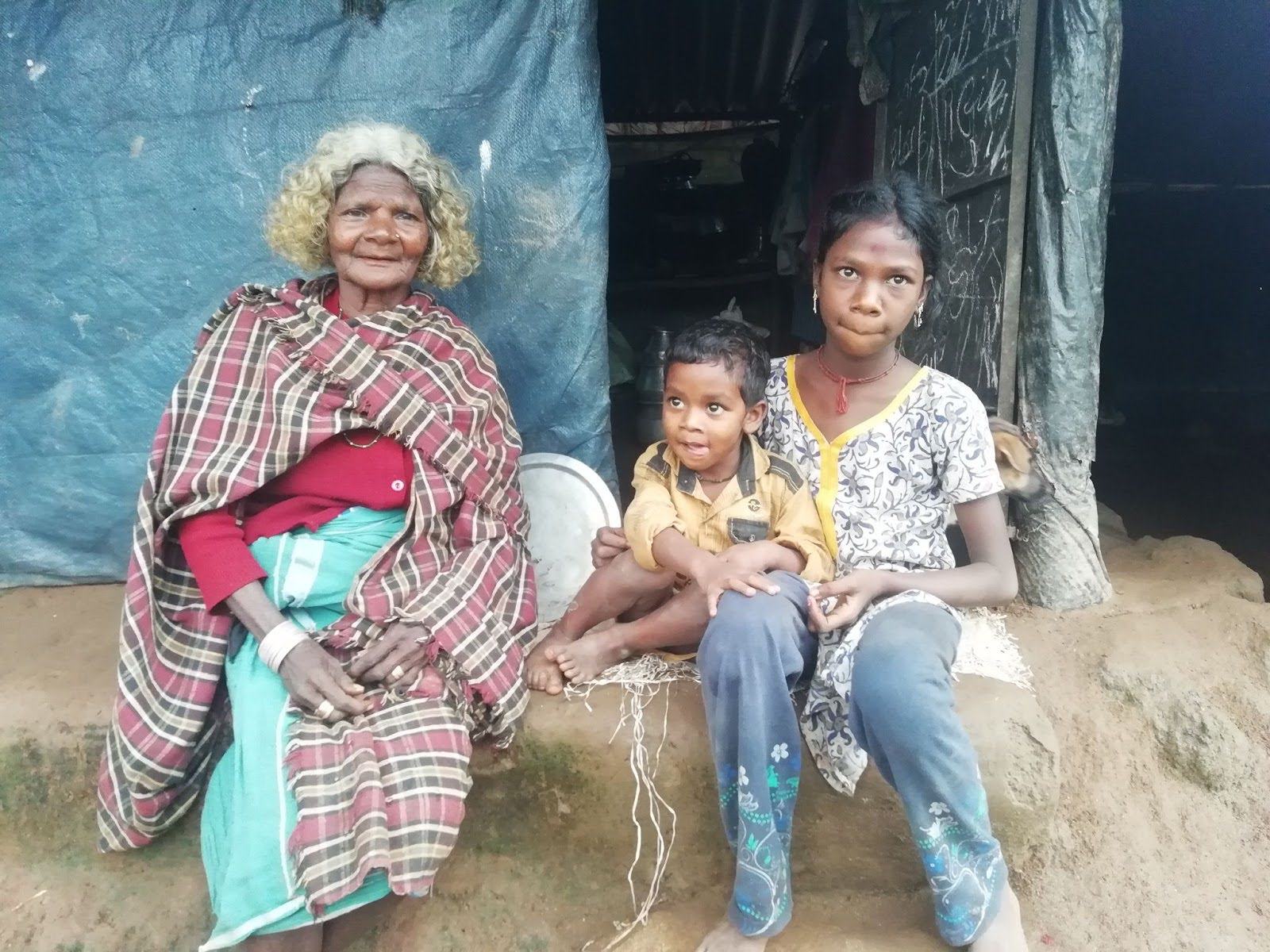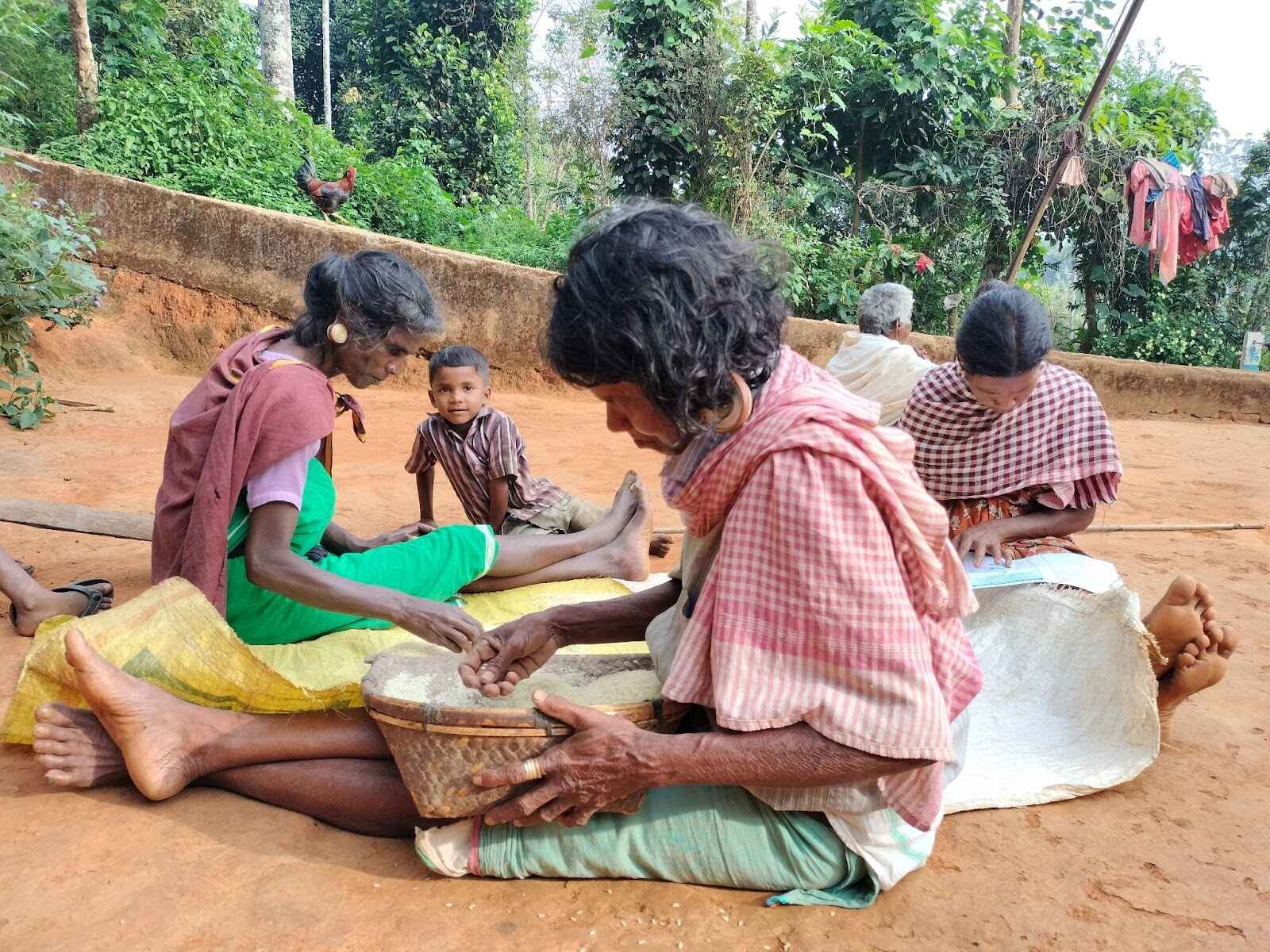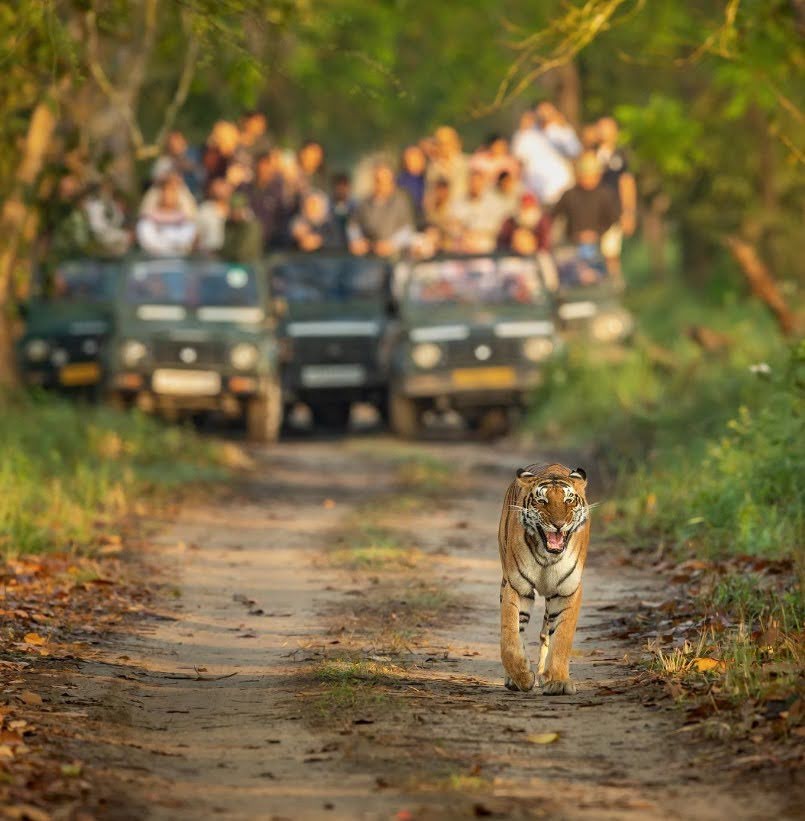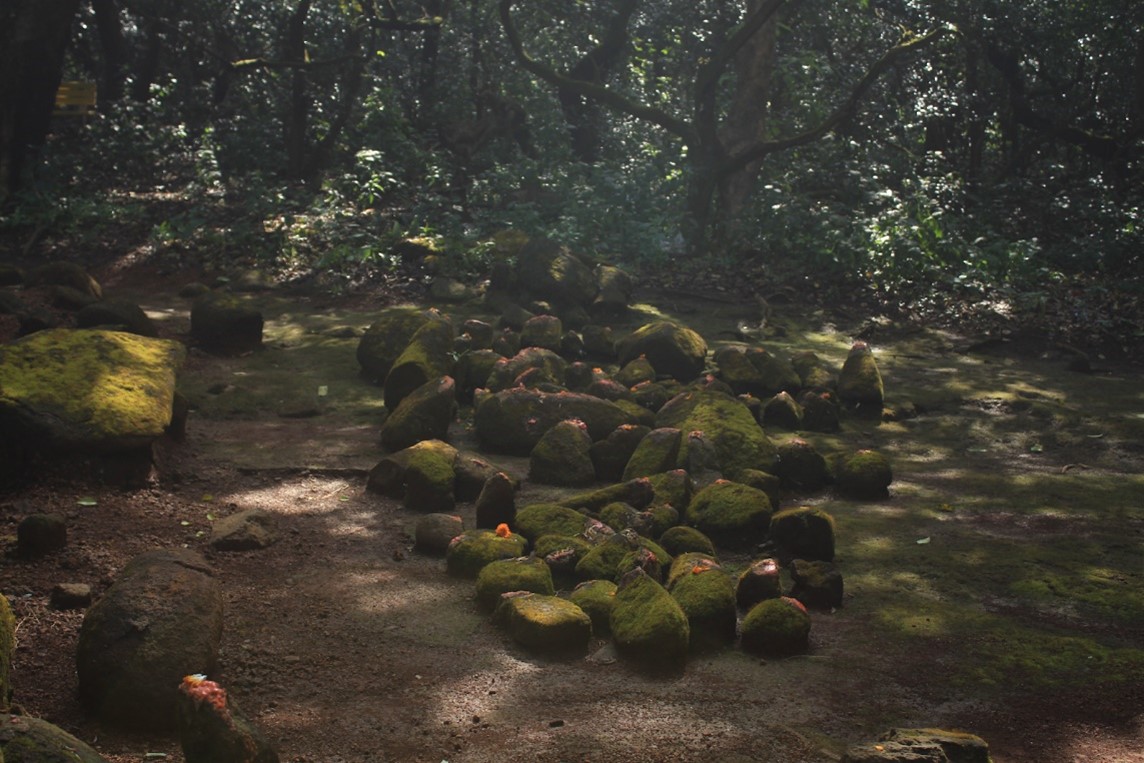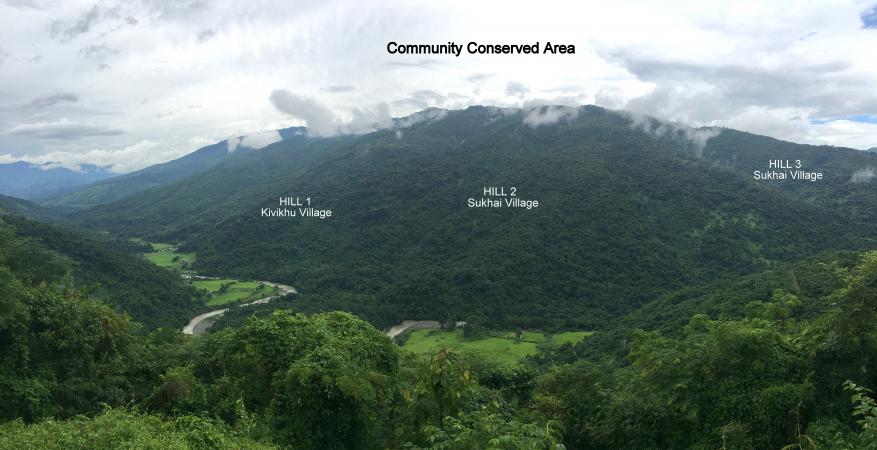In the landscapes of Bandipur and Mudumalai Tiger Reserves one can clearly see the intricate bond between tribal communities and conservation initiatives. These reserves harbor wildlife populations including tigers and reveal a lesser known narrative; how conservation efforts affect tribes like the Soligas Kattunayakans, Paniyas and Mountadden Chettys. For instance in Mudumalai, than 100 tribal families recently staged protests against their enforced relocation as part of a resettlement scheme offering ₹10 lakh or equivalent land.
Many families, such as the Paniya and Kattunayakan tribes believe they have not received compensation leading to calls for either their return to the forests or an increase in compensation. This has sparked discussions about the importance of transparent processes in relocation efforts driven by conservation initiatives.
Currently several families have been moved from tiger reserves. Many resettlement areas lack the essential amenities promised to them. This has resulted in challenges for their sustainable livelihoods. The fact that many tribal people displaced from their lands wish to go back highlights the deficiencies in existing policies and emphasizes the need for more inclusive dialogues on this matter.
The irony of the situation is stark; as tiger reserves attract a growing number of tourists, indigenous tribes—those who truly safeguard these lands—are being displaced in the name of tiger preservation. A forest official straightforwardly stated that "Tourism is a downside in tiger reserves " underscoring a sharp contrast between promoting tourism and neglecting tribal rights. This contradiction becomes apparent as these reserves welcome visitors while displacing their custodians under the guise of environmental conservation.
Despite research suggesting that tribal communities can actually benefit tiger populations they are often portrayed as adversaries, in conservation stories.
The Tribal Conundrum: Balancing Conservation and Tribal Rights
When it comes to protecting our planets treasures we encounter a complex issue. The preservation of biodiversity sometimes comes at the expense of the indigenous and tribal groups who have long cared for these environments. This intricate dance between conservation efforts and community rights goes beyond boundaries sparking global discussions on environmental stewardship and human rights.
The Situation in India: Navigating Between Conservation and Rights
In a biodiverse country like India with forested areas this conflict is especially evident. Take, for instance the Achanakmar Tiger Reserve in Chhattisgarh. Here the Baiga tribe faces displacement despite not posing any threat to the tiger population. Surprisingly the number of tigers in the reserve increased from 12 to 28 between 2011 and 2015; yet the Baiga peoples ancestral lands are, under threat. This scenario is not an incident but rather part of a larger trend where conservation measures unintentionally lead to the removal and marginalization of indigenous communities.
In an example the Supreme Courts ruling in 2019 to remove over one million forest dwelling individuals under the Forest Rights Act of 2006v caused a nationwide uproar shedding light on the ongoing struggle between preserving the environment and upholding tribal rights. Despite the halt to the order it brought attention to the contentious issue of forest rights in India and the vulnerable position of indigenous communities.
The situation at Kanha Tiger Reserve serves as an illustration of this dilemma, where Baiga and Gond indigenous families were displaced without fair compensation or proper resettlement. Their vital contribution to wildlife conservation rooted in their age customs and wisdom was disregarded in favor of sweeping conservation measures.
A striking revelation from Victoria Tauli Corpuz, UN Special Rapporteur on Indigenous Peoples Rights discloses that half of all protected areas are situated on lands traditionally inhabited by tribal communities. This traditional conservation approach has often resulted in degradation and widespread displacement of these groups.
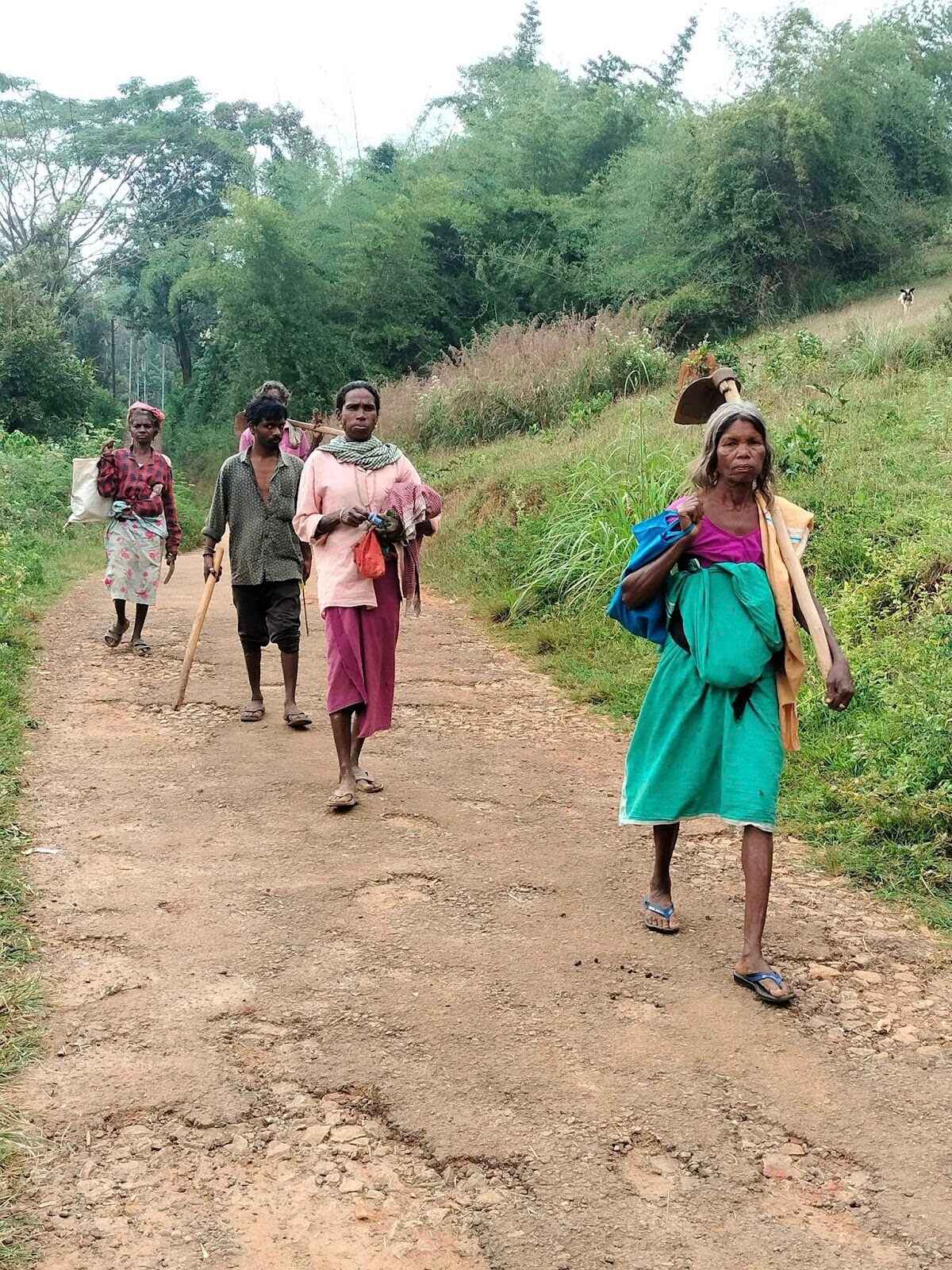 Photo: Photo credit: Mahendran Ragav
Photo: Photo credit: Mahendran Ragav
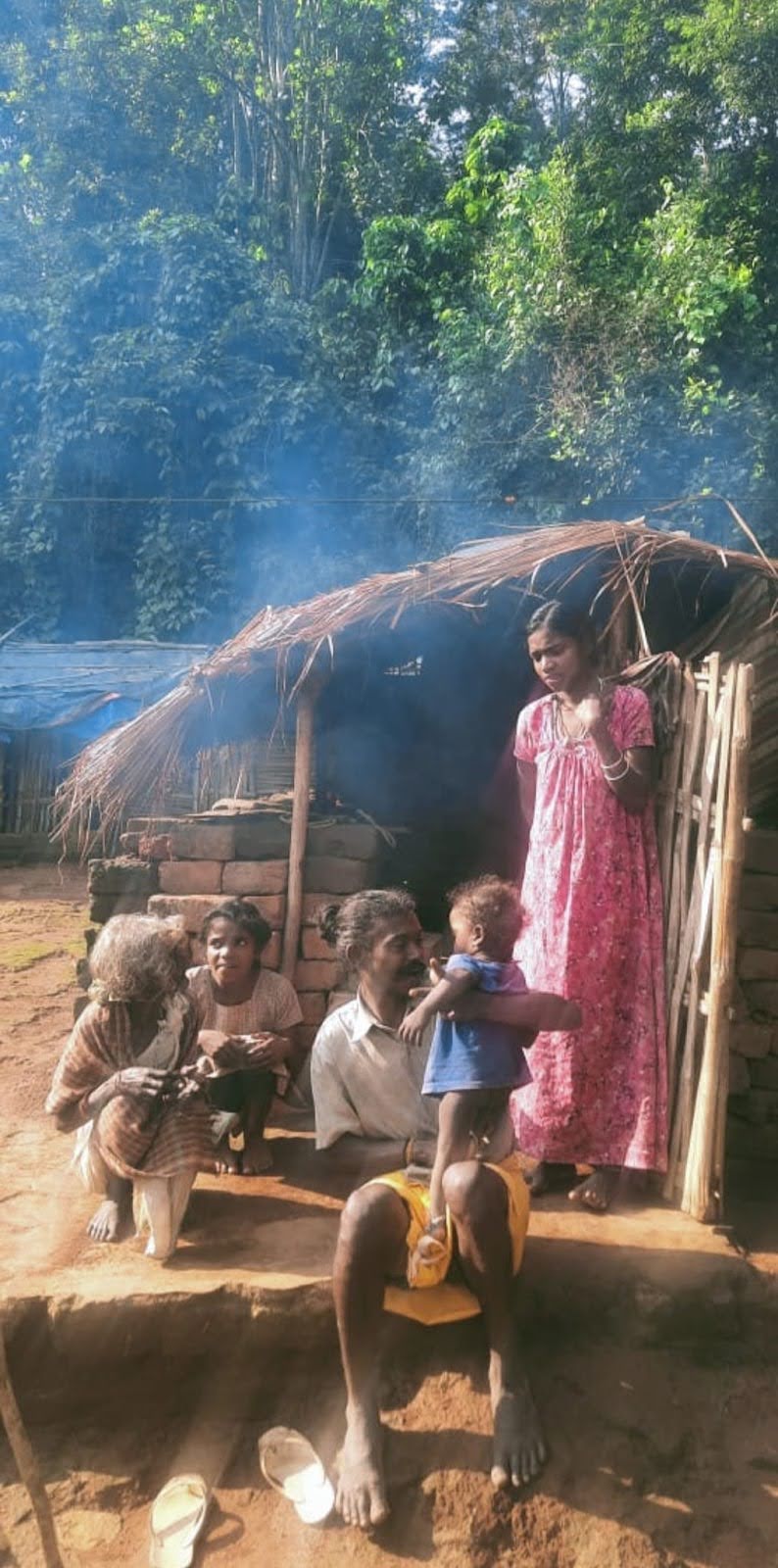 Photo: Photo credit: Mahendran Ragav
Photo: Photo credit: Mahendran Ragav
